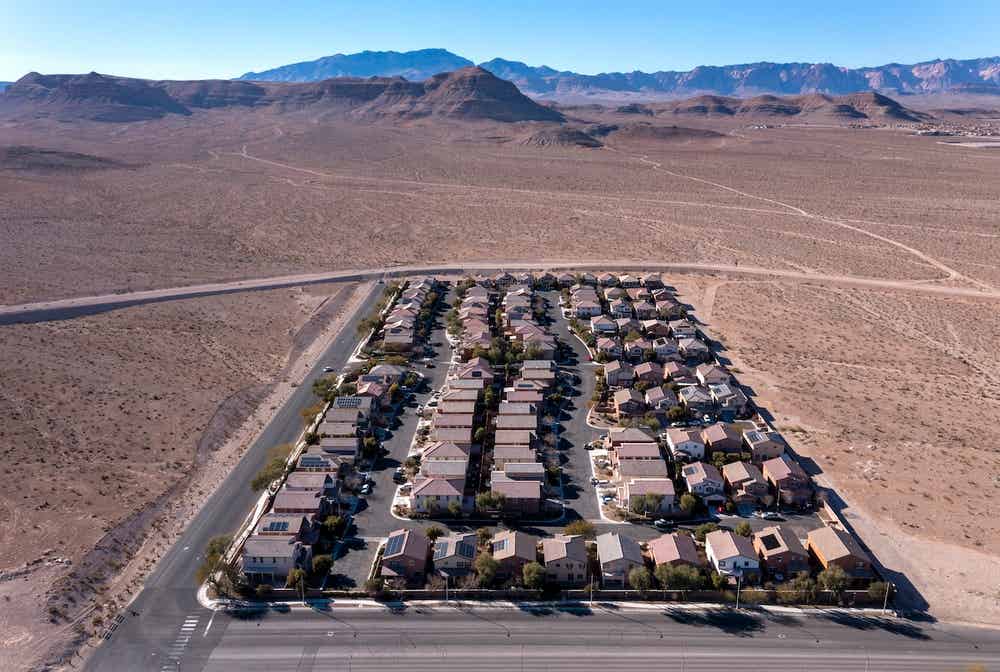Trump’s ‘Freedom Cities’ Plan: Big Ideas, Big Land, and Big Questions
On the campaign trail, Donald Trump promised to tackle rising housing costs and one of his wildest ideas was to build brand-new cities on federal land. These so-called “Freedom Cities” would be futuristic hubs full of manufacturing, flying cars, and affordable homes, all meant to boost America’s standard of living.
While the plan didn’t come with many details and even some conservatives shrugged it off, a major conservative think tank the American Enterprise Institute (AEI) actually took the idea seriously. They recently mapped out where 20 new Freedom Cities could go, identifying spots on federal land where around 3 million new homes could be built.
Most of these potential city sites are out West, where land is cheap, open, and the federal government owns huge areas. Places near Las Vegas, Salt Lake City, and Bend, Oregon made the list because demand for homes is growing fast there.
The idea is to turn these areas into deregulated zones meaning fewer laws and restrictions to attract private developers and tech companies. Supporters believe that cutting the red tape would speed up housing construction and create new business hubs focused on emerging industries.
AEI says one of the most promising places is just north of Las Vegas, where there’s enough federal land sitting empty for about 200,000 homes, potentially housing 600,000 people. Right now, it’s off-limits because it’s managed by the Bureau of Land Management (BLM).
Not everyone’s on board, though. Environmental groups worry about the effects on wildlife and natural areas. Critics also argue that rushing to build cities like this feels a lot like the top-down, government-led urban projects seen in places like China where massive new cities often get built without much local input.
That said, the idea of using federal land for affordable housing has some bipartisan support. Even former Vice President Kamala Harris backed a plan to open up land for new housing. But creating entirely new cities would be a huge leap one that would need local and national buy-in, plus a whole lot of infrastructure and investment.
For now, it’s just an ambitious blueprint but with housing prices sky-high and the 2024 election heating up, it might be an idea that gets people talking.
